The Mongolian bow and the Turkish bow stand as symbols of ancient craftsmanship and strategic ingenuity, representing the rich cultural heritage and military prowess of their respective civilizations. Through a comparison of their unique designs, construction methods, and historical contexts, we’ll gain insight into the distinct characteristics and contributions of these iconic weapons to the histories of Mongolia and Turkey. So let’s begin!
Main Differences Between Turkish and Mongolian Bows

The main differences between Turkish and Mongolian bows lie in their design, construction, and historical context. Turkish bows typically feature extreme curvature and are compact.
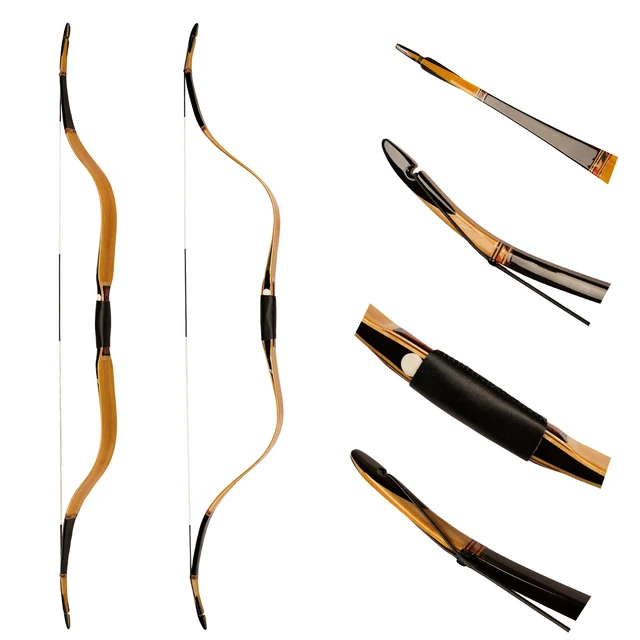
In contrast, Mongolian bows often have a more moderate curvature and tend to be slightly larger than Turkish Ottoman bows.
Additionally, the techniques and applications of these bows in warfare, hunting, and cultural practices differ, reflecting the diverse traditions and strategic needs of the Turkish and Mongolian civilizations.
Turkish archery has deep roots in the history and identity of the Ottoman Empire and modern Turkey. It is characterized by a rich tradition of horseback archery, as well as ceremonial and sporting events that celebrate the artistry and skill of archers.
On the other hand, Mongolian archery is deeply rooted in the nomadic lifestyle and warrior culture of the Mongolian steppe. Mongolian bows and archery techniques were integral to the military tactics of the Mongol Empire, with mounted archery playing a crucial role in their conquests. Mongolian archery traditions are closely tied to nomadic practices, such as hunting on horseback and participating in traditional Naadam festivals, where archery competitions are a central component.
Similarities Between Mongolian Recurve Bow and Ottoman Bow
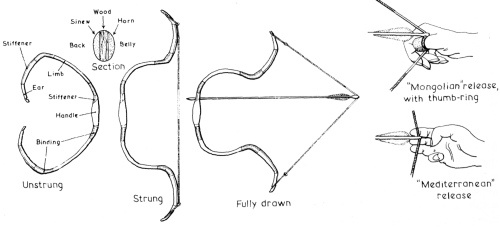
Both bows are examples of composite bows, characterized by their use of multiple materials such as wood, horn, and sinew, which are carefully layered and laminated together to create a strong and flexible weapon. This composite construction allows both bows to achieve high draw weights and deliver powerful shots while remaining relatively compact and portable.
Furthermore, both the Mongolian recurve bow and the Ottoman bow exhibit a recurved shape, with their limbs curving away from the archer when unstrung. This design feature contributes to the bows’ efficiency and power by storing more energy in the limbs and enhancing the speed and force of the arrow when released.
Additionally, both bows are renowned for their effectiveness in horseback archery, with mounted archery playing a significant role in the military tactics and cultural practices of both the Mongolian and Ottoman empires.
Sipahi, Janissaries and Mongolian Warriors
The Sipahi, Janissaries, and Mongolian warriors each had their own unique traditions and techniques for using the bow in warfare. Whether as elite cavalry units, disciplined infantry forces, or nomadic horsemen, these warriors demonstrated the versatility and effectiveness of archery as a military weapon throughout history.
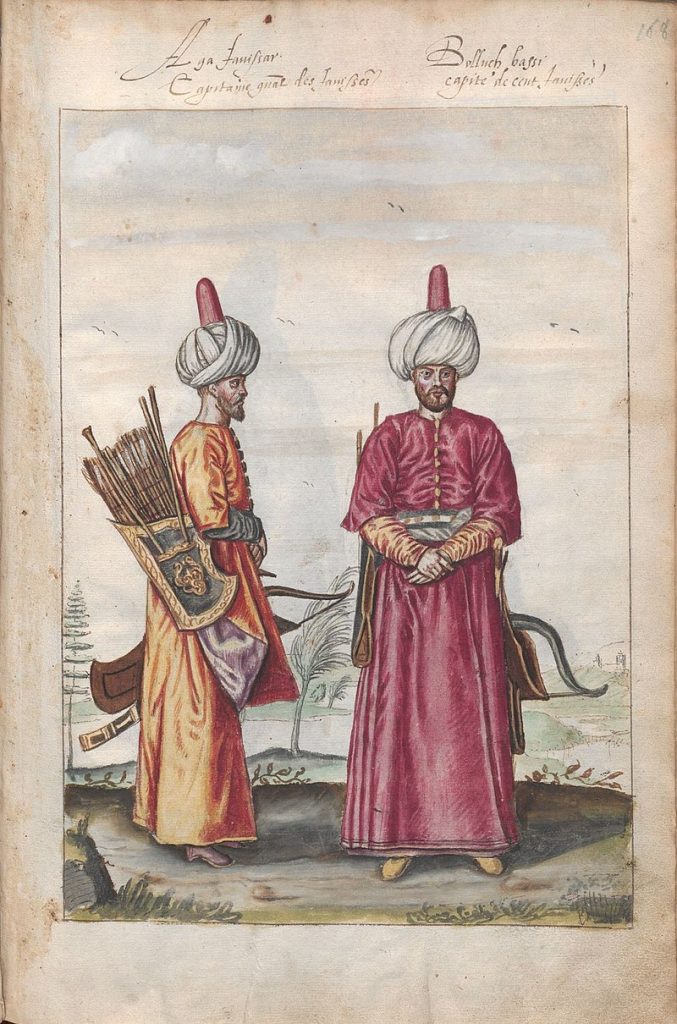
The Janissaries were an elite infantry corps in the Ottoman Empire, composed of slave soldiers who were recruited from non-Muslim communities and trained to be loyal to the Sultan. While the Janissaries were primarily known for their prowess in hand-to-hand combat and the use of firearms, they also had a tradition of archery training.
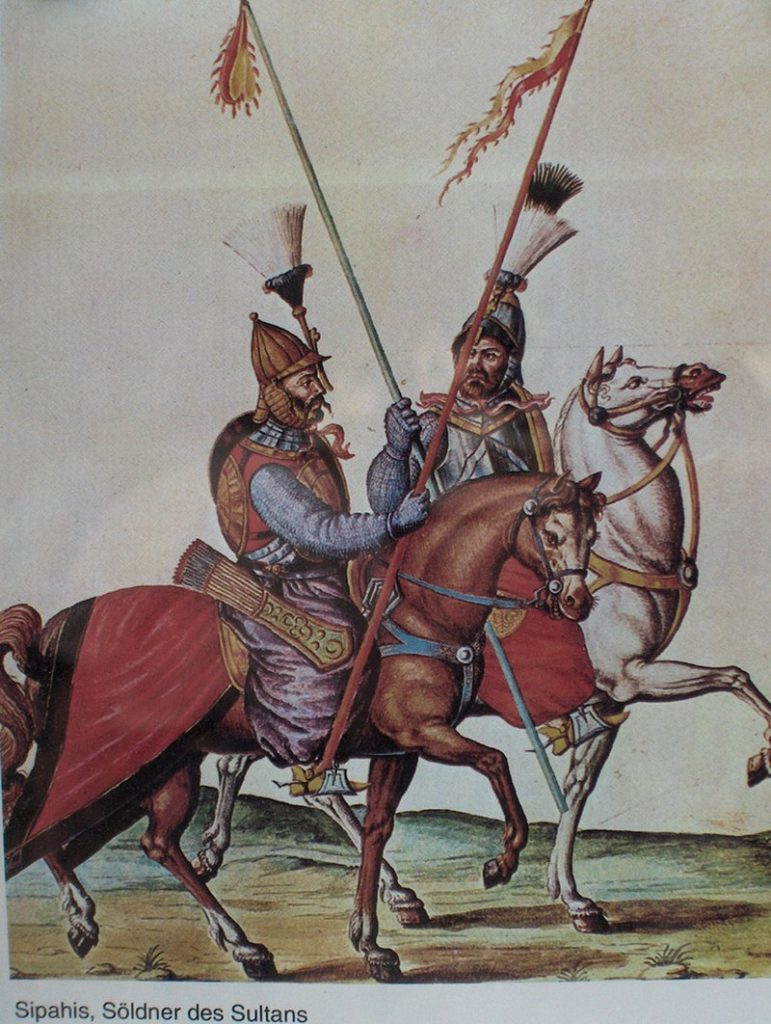
The Sipahi were elite cavalry soldiers in the Ottoman Empire, renowned for their horsemanship and combat skills. While the primary weapon of the Sipahi was the lance, they were also skilled archers, proficient in both mounted and dismounted archery.
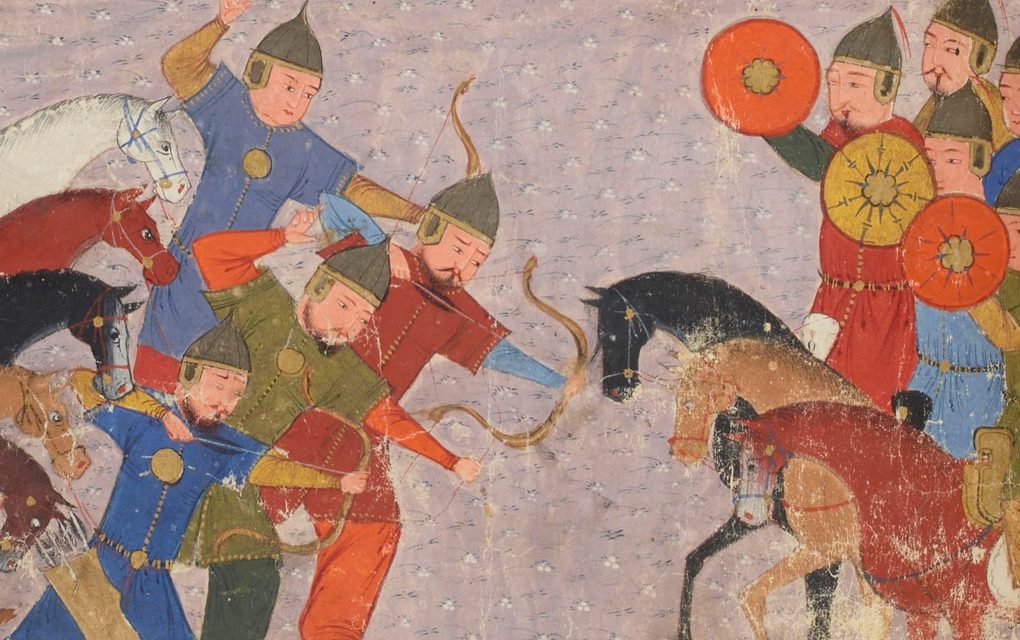
Mongolian warriors, most famously exemplified by the Mongol armies of Genghis Khan and his successors, were legendary horsemen and archers who conquered vast territories across Asia and Europe. The Mongolian warriors were masterful horseback archers, capable of shooting with deadly accuracy while riding at full gallop.
Final Thoughts
Though Ottoman and Mongolian bows are more similar than they are different, the main differences are historical origins and minor details in construction such as size and draw weight.
Mongolian bows tend to be slightly larger and sometimes come in heavier draw weights. Yearly there is the Naadam archery competition both men and women can partake in.
Ottoman Turkish bows on the other hand were more suited to late medieval warfare and served as a secondary weapon for elite soldiers of the Ottoman Empire.

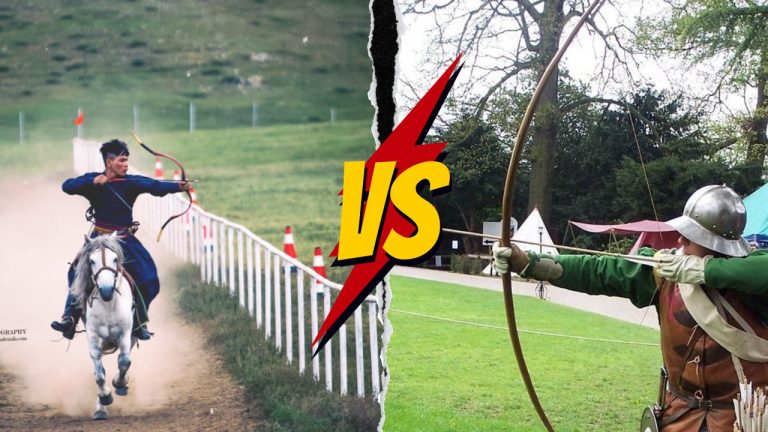
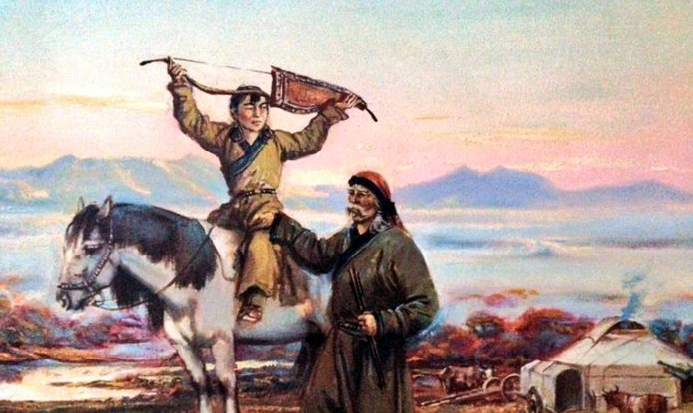
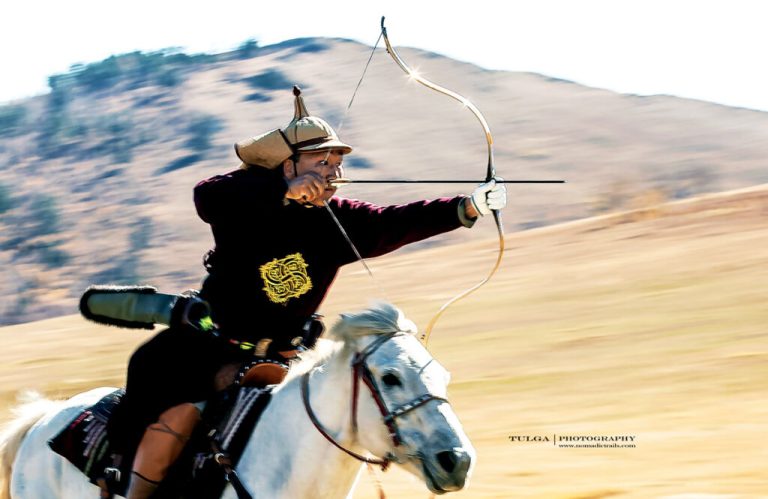
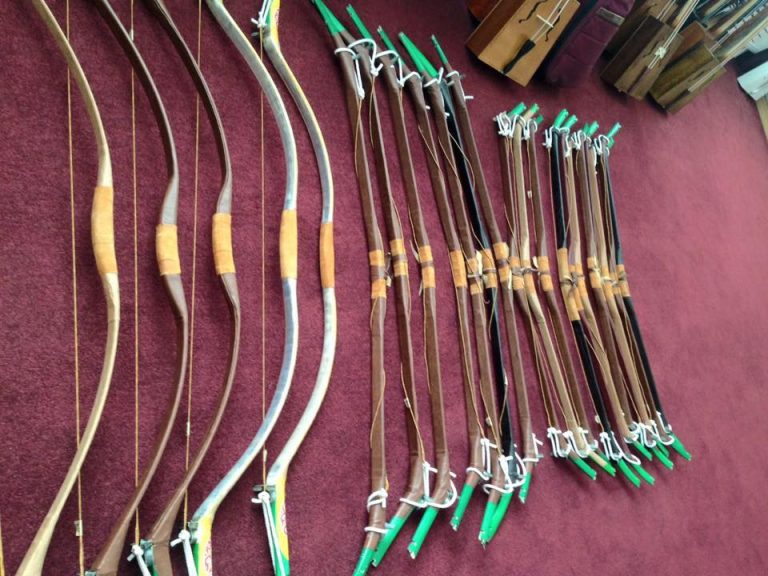
There is next to zero information on the models sold, plenty of general info but no pricing or details on materials and options and no photos of the product for sale..
Can you please provide details?
Thank you for your comment. We recently redesigned our website, but will be sure to add all the info very soon!